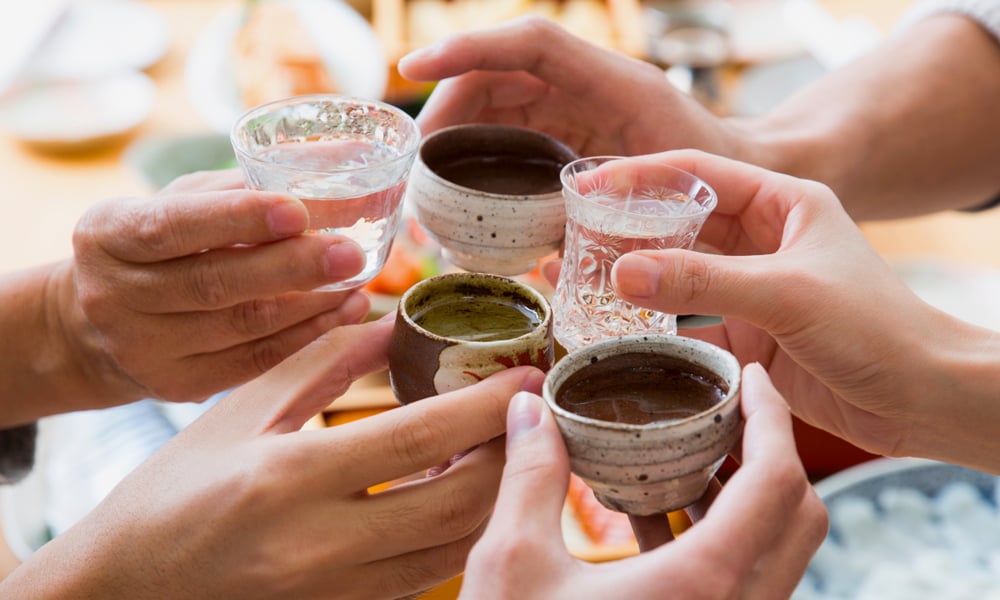When it comes to the ideal summer beverage, everyone has their favorites. Maybe you’re downing spritzes on a sunny afternoon or sipping on rosé late into the evening. I’m partial to a crisp lager or a refreshing saison. But, if you want to broaden your horizons in the warmer months, may we recommend the Japanese beverage sake. Maybe you’ve tried a sip of sake at a sushi bar. Or you’ve been told it’s an acquired taste. Well, we’re here to set the record straight and introduce some quality booze into your regular rotation.
What Exactly Is Sake?
Although it’s typically referred to as “rice wine,” sake, like beer, is brewed. First, high-quality rice is “polished” which removes the bran and is then steamed. Kōji-kin, a type of fungus, is added to the rice converting the starches into glucose. Fermentation, with the addition of yeast, happens simultaneously (unlike beer) and the final result is a non-carbonated, alcoholic beverage typically in the range of 15-20% ABV. Typically, sake is bottled (or canned) and left to mature but unlike spirits or wine it doesn’t benefit from long aging.
Sake is a traditional Japanese beverage but gained prominence in the US in the late 1900s. Now, you can likely find decent sake at most top-notch restaurants and bottle shops.
When drinking sake, you can expect a complex flavor profile with a balance of sweetness and acidity. In the best sake you’ll often find floral, fruit, or herbal notes in most sakes, especially slight apple or banana notes.
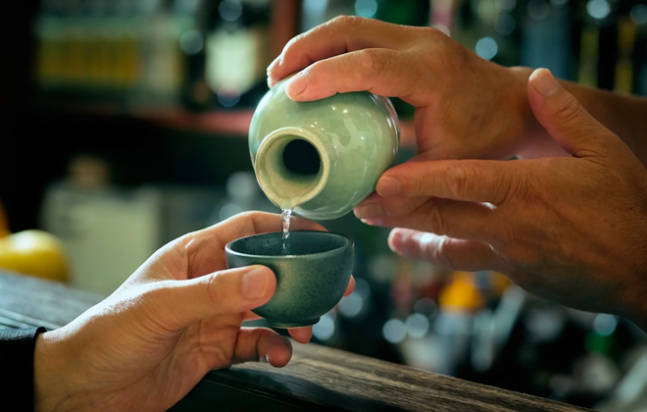
Do You Serve Sake Hot or Cold?
While you might’ve heard that sake can be served “hot,” that’s something of a misnomer. Generally speaking, you shouldn’t heat up sake. Often, poorer sake will be served at room temperature or hotter to mask any flaws. But, like wine, there are some sakes that can be served without spending time in the fridge. However, any sake worth its salt should still taste good when served at colder temps. If you’ve splurged for a decent bottle, we’d always recommend chilling it down a bit. Many sakes might also print suggested serving temperatures so you can always check the label before pouring yourself a glass.
Additionally, some folks have different recommendations when it comes to serving vessels. While a vintage sake pouring set looks beautiful, there’s no shame in serving sake to your guests in wine glasses or even a small digestif glass. Whatever you do, don’t drink sake like a shot. Like a good amaro, you should sip on your sake.
The Best Sake to Drink Right Now
Sake’s popularity has been steadily on the rise and you’re likely to find high-quality sake in your favorite craft bottle shops. Now that we’ve piqued your interest, we recommend shopping around and trying a variety of sakes. If you’re looking for a good place to start, we’ve got you covered. Below are the best sakes to order right now.
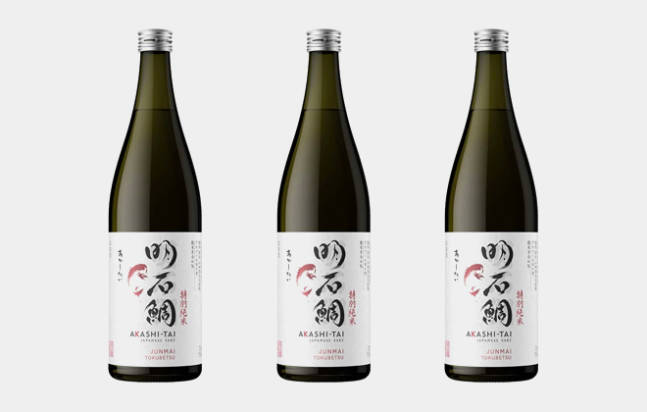
Akashi-Tai Sake Brewery
Akashi makes a wide variety of fantastic sakes (as well as distilled spirits) that pop up on liquor store shelves around the country. Based in the city of Akashi, the brewery produces small batches of artisanal sake that showcase a variety of stunning flavors. The cloudy Junmai Daiginjo Genshu reveals fruit-forward notes when properly chilled and is a fantastic pairing with summer salads or grilled fish. For a more traditional, balanced sake, try the Junmai Tokubetsu. Buy: $34
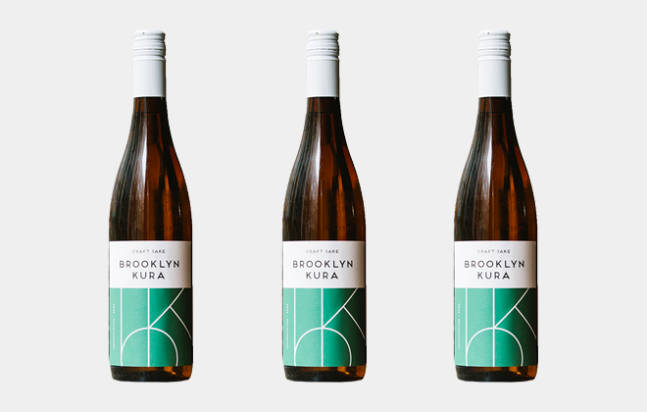
Brooklyn Kura
NYC’s own Brooklyn Kura hit the market a few years ago and has made a big impression among craft enthusiasts. Brooklyn Kura has taken notes from the world of craft beer and releases rotating small-batch sakes like Omachi Junmai or a dry-hopped Junmai Ginjo. Start off with Number Fourteen, the brewery’s flagship Junmai Ginjo nNmazake which should offer fresh, chilled flavors for the summer. And, if you’re craving more sake, sign up for Brooklyn Kura’s Kura Kin monthly sake membership club. Buy: $20

Gekkeikan
If you’re looking to start out with a beginner’s sake, this is brewery is a solid bet. Gekkeikan is a Kyoto-based brewery making a variety of sakes and plum wines. While the brewery doesn’t have the artisanal, craft mentality of some of the other options on this list, they’re still making solid, entry-level beverages. We’d suggest picking up a bottle of Nigori, a cloudy lightly sweet sake that will pair well with just about any dish from seafood to BBQ. Buy: $16
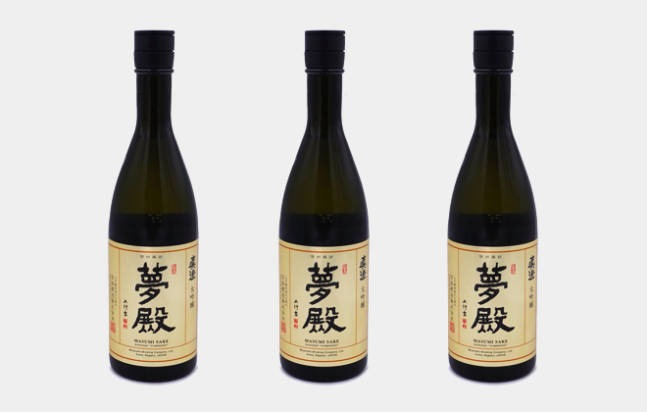
Masumi Sake
Looking to splurge on a single bottle of the best sake? Start with Masumi. Based in the town of Suwa, the legacy brewery has been making award-winning sake for generations. Sake enthusiasts know Masumi. You can’t go wrong with any of their offerings but we’d recommend tracking down the unbelievable “Mansion of Dreams” Daiginjo. Complex, aromatic, and subtly acidic, this sake would be the centerpiece of any dinner party. Serve it chilled and save it for a special occasion. Buy: $109
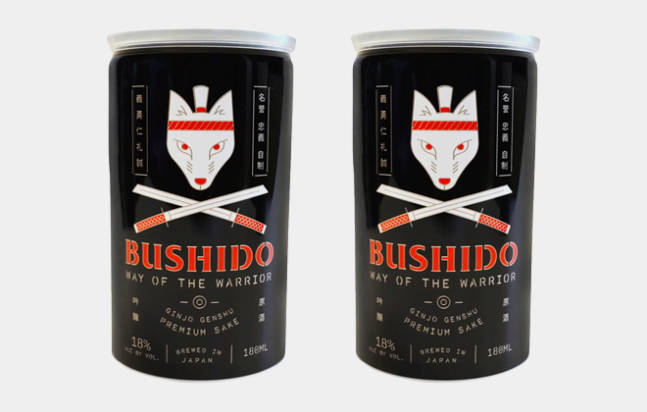
Kizakura Shuzo Brewery
If you’re after a less buttoned-up sake, check out Way of the Warrior from Kyoto-based Kizakura Shuzo Brewery. While most of the other breweries on this list bottle all of their sakes, Kizakura’s Bushido “Way of the Warrior” is a canned Ginjo Genshu. And it’s by far one of the best sakes you can keep stocked in your fridge. You’ll find lovely fruit flavors and charming can artwork that wouldn’t look out of place on a craft beer label. Sip this one chilled on a hot summer day with some pizza, BBQ, or whatever you’re feeling. Buy: $6
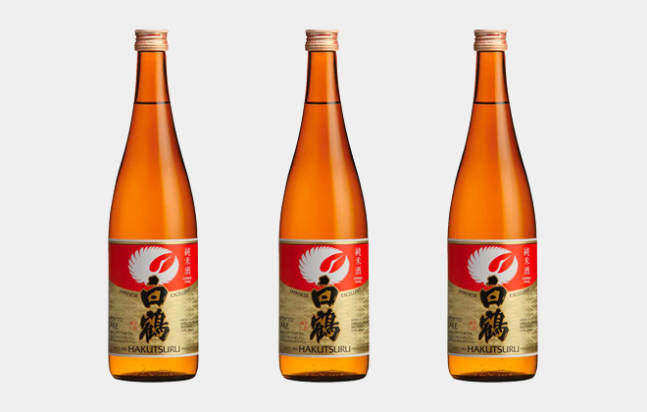
Hakutsuru Sake
Peer through enough sake lists at sushi restaurants and you’ll notice Hakutsuru pop up quite a bit. The Hyogo-based brewery makes a handful of reliable sakes like the instantly recognizable ‘Excellent’ Junmai sake. You’ve likely seen bottles of this extremely balanced sake and we’d encourage you to scoop one up for yourself. It’s usually available at a very reasonable price and it delivers fruit-forward flavors and a restrained acidity. It’s a crowd-pleaser sake in the best way. Buy: $10
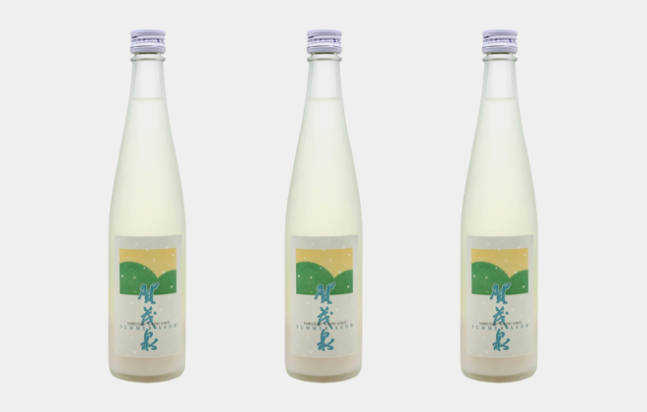
Kamoizumi Shuzo Brewery
By Japanese standards, Komoizumi is a young sake brewery. Founded in 1912, Komoizumi produces excellent beverages in the famed sake region of Saijo. The brewery partners with local farmers to secure the best rice for sake brewing. Although of their sake is worth trying, we think you should pick up a bottle of their “Summer Snow” Nigori. This unfiltered, hazy sake is eye-catching and delicious. With a pillowy-soft texture and semisweet flavor, this Nigori Ginjo Nama is rich and lush. It’s a wholly unique experience that is sure to be divisive with a cotton candy-like flavor and creamy mouthfeel. Either way, this is by far one of the best sakes and it’s worth a try. Buy: $30
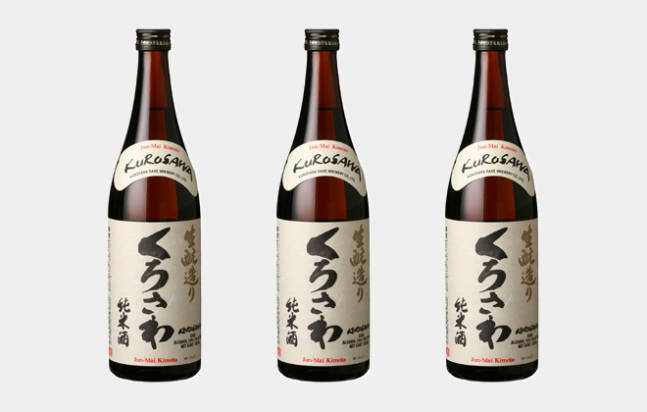
Kurosawa Sake
Yet another classic sake that’s worth giving a try, Kurosawa Junmai Kimoto is readily available and always reliable. It’s a smooth sake that pairs perfectly with fresh sushi. And there’s enough flavor that it’s still great sipping by itself. While many of the sakes on this list had a bright, floral, fruit-forward flavor, this one leans more mature with dark fruit and earthy undertones. Still, this Junmai is a constant standby among sake enthusiasts – and for good reason. Buy: $22

